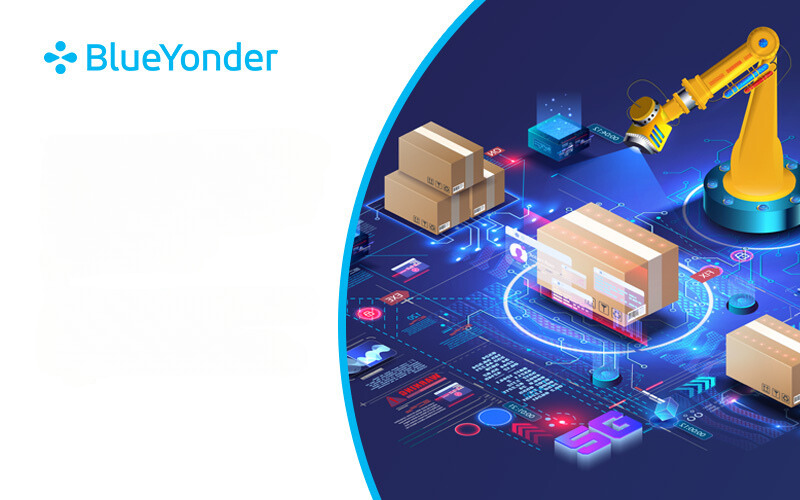Understanding the True Value of OMS: Seven Signs of Optimization
Having a disjointed view of inventory and customer data across both physical and online channels is no longer an option for retailers. Effective order management in the present day requires end-to-end connectivity of intuitive, automated solutions that can optimize customer data and ensure a supply chain that is agile to those same customers’ demands.
Most retailers are aware of this need but struggle to determine the value of an implemented Order Management System (OMS). This is key, as it often leads to businesses investing in areas that aren’t a priority, or that won’t yield enough of a return to trigger the next stage of investment.
Implementing an OMS effectively can provide significant value to your commerce outlook, offering a centralized platform for managing orders, inventory and fulfillment across the omni-channel landscape.
Below are seven key drivers that will determine whether the OMS you are considering hits its mark where value is most needed.
1. Revenue Growth From Improved Customer Service
It sounds obvious to link order management to ultimate customer satisfaction, but too few consider the direct ways in which this connection can be made. Effective OMS deployment can not only increase customer acquisition rates and repeat purchase levels, but it can also reduce friction in the online shopping process, while increasing foot traffic in-store. This is achieved through accurate, real-time inventory availability that is visible to both retailer and consumer. With this end-to-end view of what’s available and where, a more personalized proposition of how to fulfill prospective orders can be offered in real-time. Notices of limited quantities and options around delivery can make each visit feel entirely bespoke.
2. Preventing Cancellations
Through a centralized platform for managing orders, inventory and fulfillment across multiple channels, retailers can offer accurate inventory availability during the shopping process and avoid over-selling products that are out of stock. Moreover, an effective OMS can help retailers improve order orchestration, further reducing instances of overselling. Additionally, the system can help retailers allocate inventory to high-demand locations or channels in near real-time, thus reducing cancellations due to stockouts.
3. Reducing Returns
Returns are a pivotal avenue to extract value and to build customer loyalty. However, the aim should still be to reach a point where returns aren’t necessary. By providing faster delivery options and increasing buy online pickup in-store (BOPIS) or walk-ins, the likelihood of returns is reduced. Late, damaged or unwanted products are less likely in these scenarios, but this can only work if consumers know they’ll get the same level of availability when seeking to view or collect items in person. Learn how consumer view retail return policies in our recent Consumer Returns Survey and how retailers can use create a win-win scenario.
4. Gross Margin Improvement
Artificial intelligence (AI) and machine learning (ML)-powered clearances of stock aim to avoid markdowns as much as possible, or at least to accurately value items as retailers seek to sell unseasonal or phased-out products. AI can help maximize sell-through and adjust safety stock ahead of a markdown to increase those margins.
5. Transportation Efficiency
If the right amount of inventory is being held in the most logical and appropriate locations, then this directly impacts shipments and distribution. Encouraging BOPIS can further reduce transportation costs while simultaneously optimizing fulfillment capacities.
6. Optimizing Labor Capacity
Fulfillment capacity optimization through the reduction of split shipments and via ship consolidation stems from the use of ML. If the requisite extent of inventory and shipments are accurately forecasted ahead of time, then it’s also possible to know the extent of labor required as well.
7. Perfecting Safety Stock
Intelligent exposure to inventory through AI, such as store-only inventory or online search product detail pages (PDP) can help to reduce oversell or undersell through each respective channel. Varying safety stock parameters according to this precise insight can also then adjust for peaks, holidays seasons and demand for each selling channel.
Each of these seven strands exist as potential avenues to drive value through an OMS implementation. However, knowing which areas are currently a priority can only come from knowledge of where your business is now. This is where Blue Yonder comes in, not only as a microservice-driven pioneer of OMS solutions, but as a source of data, use cases, industry scenarios, and best practice guidance.
By implementing an OMS with a tailored roadmap for phased improvements and value, retailers can process orders more efficiently and accurately, reduce errors, and accelerate fulfilment across channels. Improved tracking and visibility also help to guarantee that your new OMS technologies enhance revenue growth and customer satisfaction in equal measure. To learn more, here are Three Steps to Guaranteed OMS Value.

